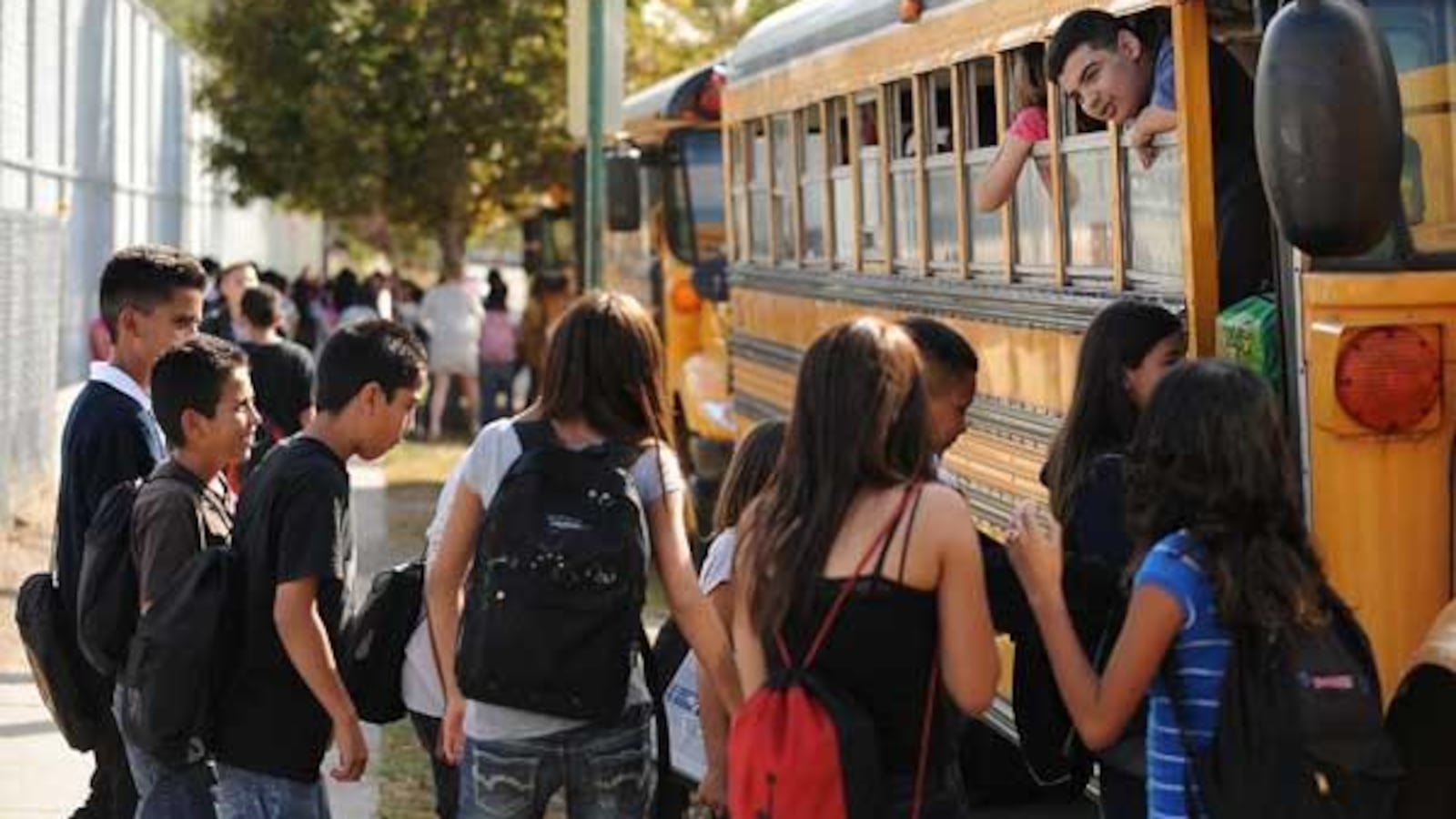Thursday marks the opening of school choice season in Denver, and students and families picking their top schools for next year will experience several changes to the process.
The two biggest: It’s all online this year, which means no more paper applications. And the timing has been pushed back. In years past, families would submit their school choices in January and learn in March which schools they got into. This year, families will submit their choices between Feb. 1 and Feb. 28. They are expected to get results in April.
Denver Public Schools has earned national accolades for its school choice system, which has families fill out a single application listing their top five school choices. Families can choose between charter schools, innovation schools, and traditional district-run schools. All three types are publicly funded but have varying degrees of freedom from state and district rules.
Along with the online-only application, the school district has rolled out a new mobile-friendly website that allows families to search schools based on location or program. The website, called School Finder, also lists information about the schools, such as how many students go there and what percentage are on grade-level academically.
The district’s previous search tool was not mobile-friendly, and officials said they wanted to better serve families who primarily access the internet through their smartphones.
Other changes this year include the expansion of a pilot program that aims to give students from low-income families preference to choice into more affluent schools, many of which are high-performing. Seven affluent schools participated last year, and the impact on student diversity was modest at most of them. The district has invited nine more schools to join the voluntary pilot this year. The schools have until Thursday to decide.
In all, more than two dozen Denver schools prioritize enrolling students who qualify for free or reduced-price lunch, a proxy for poverty. Some are part of the pilot program, while others have long aimed to serve a diverse mix of students. The pilot program is one way the district is trying to push more schools toward integration, and its expansion is in response to a recent recommendation from a committee of community leaders.
Also new this year: The addition of three more “enrollment zones,” which are essentially big boundaries with several schools in them. Families who live in zones are guaranteed a spot at one of the schools but not necessarily the one closest to where they live.
The district has tried to use zones to encourage integration in a city where many neighborhoods are segregated by income, but it has had mixed results. The district has also used zones to address enrollment issues in regions of the city where the population is changing.
Two of the three new zones are in the growing far northeast Green Valley Ranch and Gateway neighborhoods. The other one encompasses the gentrifying near northeast neighborhoods of Five Points, Cole, Whittier and City Park West, where the number of school-aged children is shrinking as housing prices rise. The district has a total of 14 zones across the city.
Students in the three new zones will have “enhanced priority” to get into the schools closest to them, which district officials said is an attempt to remedy a common complaint about zones.
Another change this year is meant to assuage the fears of undocumented families wary of providing the district with personal information given the national political climate.
Families won’t have to show “proof paperwork,” such as a child’s birth certificate, to participate in school choice, district officials said. That paperwork won’t be required until they register their children for school in late summer, “when there is a longer window available and more community resources to help,” according to a presentation given to the school board.
The district encourages all families with children entering the so-called transition grades of kindergarten, 6th and 9th grades to participate in school choice. Last year, more than 23,000 families in the 92,000-student district participated, and most got into their first-choice schools.

